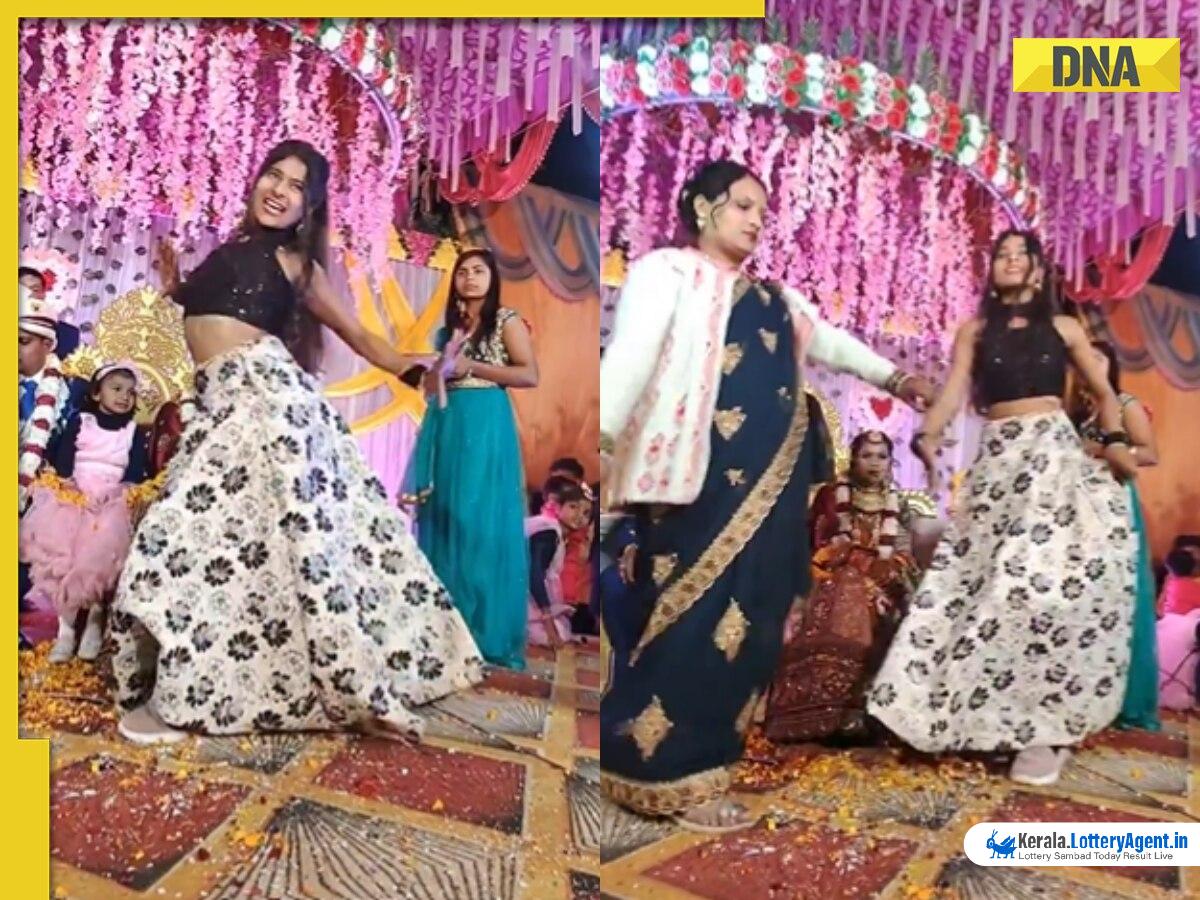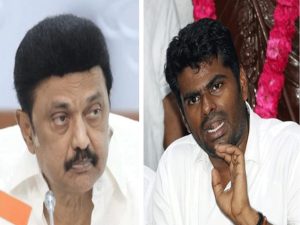
A dance performance by a young girl at a wedding, intended to be a highlight of the celebration, took an unexpected turn and has since become a talking point on social platform X, the social media platform formerly known as Twitter. This recent incident has now gone viral, following the release of a video that captures the exact moment the performer, a young girl, is pulled off the stage by her mother. The handle ‘desimojito’ was responsible for sharing the event with the wider world, embedding the once private occurrence into the public domain.
The brief but significant footage, timestamp and venue undisclosed, opened a window into what appeared to be a festive occasion until the girl’s mother decisively intervened. The video, now widely circulated, exposed the clash of generational expectations and highlighted the mother’s evident unease with her daughter’s dance moves.
Within hours of posting, the video stirred up a virtual storm of comments, views, and opinions. Social media users were quick to express their judgments on what should have remained a personal family moment. Observations ranged from second-hand embarrassment to defense of cultural tradition. A user commented on the visible discomfort of the couple at the center of the celebration, saying, “The bride is really angry. While the groom is trying hard not to look at the belly dancer. Lmfao.” Another expressed dismay at the incident, noting, “Some people sometimes turn every occasion into an ugly incident.”
The contentious nature of the dance itself was dissected by critics and commentators alike. “…This is too much. First, the men were surely sexualizing her. Second, why was she even dancing like that, it did not even look good,” opined a user who felt the performance was inappropriate and lackluster.
Conversely, some viewers found validity in the mother’s reaction, suggesting that it was justified concern rather than an act of mere censorship. One supporter of the mother’s decision wrote, “Her mother surely did the right thing because the kid was not comfortable and the dance was not at all good.” Meanwhile, another viewer offered a critique on the broader impact of societal influences, simply stating “Effects of the internet.”
The divisiveness of the video goes beyond mere differences of opinion; it has ignited a wider discourse on the balance between cultural prescriptions and individual expression, particularly at family events that carry traditional significance. Moreover, it highlights the complex interplay between parenting in public spaces and the rapid dissemination of personal moments through social media, with the potential to be judged by millions.
While the dance was paused, the conversation it generated thrives on, morphing from a single incident into a symbol of the dilemmas faced in modern celebratory customs. As netizens continue to weigh in, whether in disapproval, support, or amusement, the video serves as a stark reminder that in today’s digitally-enhanced world, cultural practices are not immune to the instantaneous scrutiny and polarized interpretations facilitated by the internet.
This occurrence is not just about a dance interrupted; it’s about understanding the evolving landscape where traditional values meet modern expressions and where parenting decisions become subject to the court of public opinion. It underscores the fine line between preserving cultural norms and enabling personal freedom, a balancing act made even more challenging under the unforgiving lens of viral media.












